When thinking of Iran, one might first picture its rich history, ancient architecture, or world-renowned poetry. However, behind this cultural facade lies a robust and dynamic industrial sector that is quietly making its mark on the global stage. Among its most prominent industries is the production of tiles and ceramics. Iran has long been a key player in this field, not only in the Middle East but also internationally. This article offers an in-depth exploration of Iran’s tile and ceramic industry, examining the factors that have established it as a regional powerhouse, the significant opportunities that lie ahead, and the challenges it must overcome to maintain and expand its position. We will delve into its historical roots, technological advancements, market dynamics, and future outlook, providing a comprehensive overview for industry professionals, investors, and anyone interested in understanding the economic landscape of this fascinating country.
The Historical Tapestry: From Ancient Art to Modern Manufacturing
The story of Iran’s tile and ceramic industry is inextricably linked to its artistic heritage. For centuries, Iranian artisans have perfected the craft of creating stunning ceramic and tile works, from the intricate mosaics of Isfahan’s mosques to the vibrant designs of historical palaces. This deep-rooted expertise, passed down through generations, laid the foundation for today’s modern industry. The traditional focus on quality, beauty, and durability has been seamlessly integrated into contemporary production methods, giving Iranian products a unique blend of artistry and industrial efficiency.
The Evolution of Production Techniques
Historically, tile making was a manual, painstaking process. Artisans would hand-mold clay, apply glazes, and fire them in kilns. The resulting pieces were often one-of-a-kind masterpieces. While this traditional craft still exists, the modern industry has undergone a technological revolution. Today, state-of-the-art factories are equipped with advanced machinery, including automated presses, high-temperature kilns, and digital printing technology. This shift has allowed for mass production while maintaining high standards of quality and design. It has enabled Iranian manufacturers to produce a vast range of products, from simple floor tiles to sophisticated porcelain and decorative ceramics, meeting the diverse demands of both domestic and international markets.
The Pillars of Success: Why Iran is a Tile and Ceramic Hub
Several key factors have contributed to Iran’s dominance in the regional tile and ceramic sector. These are not merely coincidental but are the result of strategic advantages and dedicated investment.
Abundant Natural Resources: The Foundation of the Industry
Iran is blessed with vast reserves of the essential raw materials required for ceramic production. The country has significant deposits of high-quality clay, feldspar, silica, and other minerals crucial for manufacturing. This easy and affordable access to raw materials gives Iranian producers a significant cost advantage over many of their international competitors. The ability to source materials domestically reduces reliance on imports, stabilizes production costs, and ensures a consistent supply chain, which is vital for sustained growth.
Strategic Geographic Location: A Gateway to Markets
Iran’s geographic position is a major asset. Located at the crossroads of the Middle East, Central Asia, and Europe, it serves as a natural bridge for trade. Its extensive borders and access to major sea routes via the Persian Gulf and the Caspian Sea provide excellent logistical advantages. This strategic location makes Iran an ideal export hub, allowing manufacturers to efficiently and cost-effectively distribute their products to neighboring countries and beyond. Key export markets include Iraq, Afghanistan, Pakistan, and the countries of the Commonwealth of Independent States (CIS).
Skilled Workforce and Technical Expertise
The long history of craftsmanship has fostered a culture of expertise and skill. Today, this translates into a highly competent workforce, from engineers and designers to factory workers. Many Iranian universities and technical colleges offer specialized programs in ceramics and materials science, ensuring a steady supply of new talent. This blend of traditional knowledge and modern technical education allows the industry to innovate and adapt to new trends and technologies, creating products that are both technically superior and aesthetically appealing.
Opportunities for Growth: A Bright Future Ahead
The Iranian tile and ceramic industry is poised for significant growth, driven by both domestic demand and expanding export potential.
Domestic Market Boom: Construction and Urbanization
Iran’s large and growing population, coupled with ongoing urbanization and a consistent need for infrastructure development, creates a strong and stable domestic market. The construction sector, a major consumer of tiles and ceramics, remains a key driver of demand. There is a continuous need for new residential and commercial buildings, as well as the renovation of older structures. This robust internal demand provides a solid base for manufacturers, allowing them to scale their operations and invest in new technologies without being overly reliant on volatile export markets.
Tapping into Global Markets: Export Potential
While Iran is a regional leader, there is immense potential to expand its global footprint. The industry is increasingly focused on diversifying its export destinations beyond the immediate neighborhood. Manufacturers are participating in international trade fairs and investing in marketing to reach markets in Europe, Africa, and even Latin America. By leveraging their competitive pricing, high-quality products, and unique designs, Iranian companies can compete effectively on the world stage. Furthermore, the global trend towards sustainable and eco-friendly building materials presents an opportunity for Iranian manufacturers to showcase their advancements in this area.
Innovation and Design: The Competitive Edge
To stay ahead of the curve, Iranian manufacturers are focusing on innovation and design. They are developing new product lines that incorporate the latest trends in color, texture, and size. Digital printing technology, for instance, has enabled the creation of intricate, realistic designs that mimic natural materials like wood and stone. Investment in research and development is also crucial, with companies exploring new materials and production processes to improve product performance, reduce environmental impact, and enhance aesthetic appeal. This commitment to innovation is a key factor in securing a long-term competitive advantage.
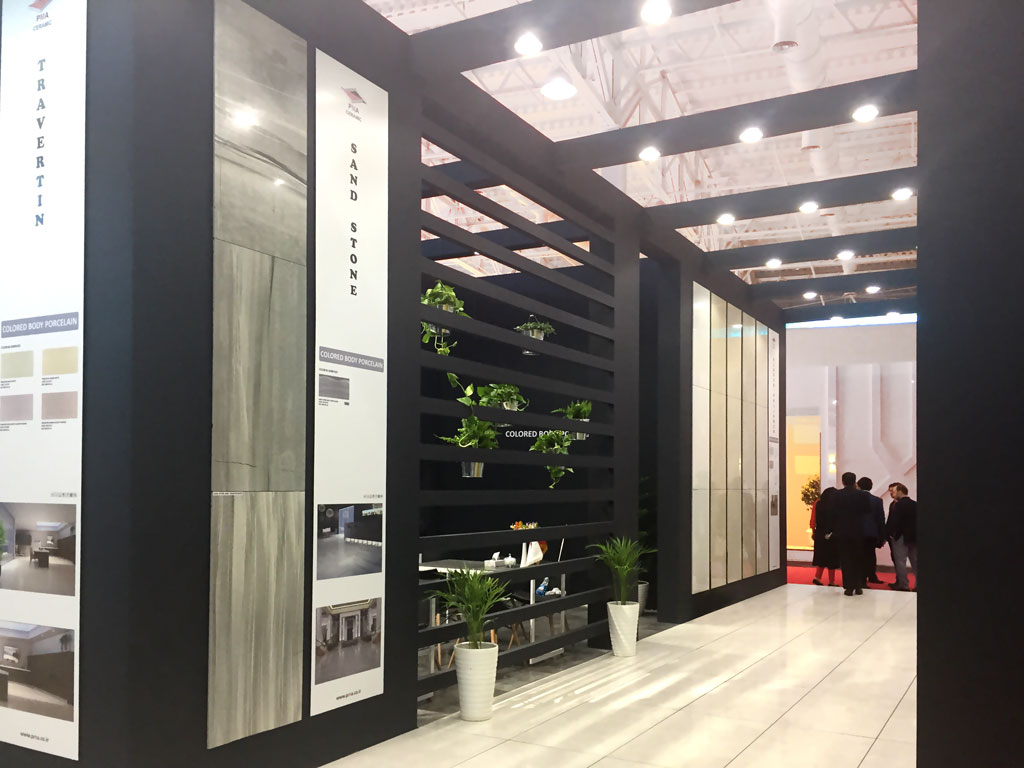
Navigating the Hurdles: Challenges and Strategic Solutions
Despite its strengths, the Iranian tile and ceramic industry faces several significant challenges that must be addressed for it to reach its full potential.
The Impact of Sanctions and International Relations
Perhaps the most significant challenge is the ongoing impact of international sanctions. These sanctions have created barriers to trade, restricted access to international banking systems, and made it difficult for Iranian companies to acquire the latest foreign technology and machinery. The complexities of international payments and a lack of direct access to global financial networks pose a major obstacle to export growth.
- Strategic Solutions: The industry has responded by focusing on alternative payment methods and strengthening trade relationships with non-sanctioned countries. They are also prioritizing domestic production of spare parts and machinery to reduce reliance on foreign suppliers. Lobbying efforts and diplomatic engagement are also crucial to creating a more favorable international trade environment.
High Energy Consumption and Environmental Concerns
The production of ceramics is an energy-intensive process, and concerns about energy consumption and its environmental impact are growing. While Iran has affordable domestic energy, the industry is under increasing pressure to adopt more sustainable practices.
- Strategic Solutions: Manufacturers are investing in more energy-efficient kilns and production lines. The focus is on reducing waste, recycling materials, and exploring alternative energy sources. The adoption of green technologies and adherence to international environmental standards will be essential for gaining access to environmentally conscious markets.
Market Competition and Pricing Pressures
The global tile and ceramic market is highly competitive, with major players from countries like China, India, and Turkey. Iranian manufacturers face pricing pressures and a constant need to differentiate their products.
- Strategic Solutions: To overcome this, Iranian companies are focusing on quality, unique design, and branding. They are positioning their products as a premium alternative, emphasizing the blend of traditional artistry and modern technology. Creating a strong “Made in Iran” brand identity that conveys reliability and artistic flair is a key strategy.
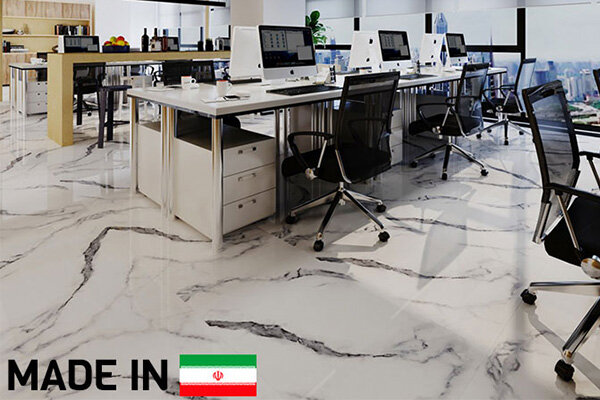
Conclusion
The Iranian tile and ceramic industry stands at a pivotal moment in its history. Built on a foundation of ancient craftsmanship, abundant natural resources, and a strategic location, it has firmly established itself as the Middle East’s leading producer. The combination of a strong domestic market and vast export potential paints a picture of a bright future. However, to fully realize this potential, the industry must strategically address the challenges posed by international sanctions, environmental concerns, and fierce global competition. By investing in innovation, embracing sustainable practices, and continuing to build a powerful brand identity, Iranian manufacturers can not only maintain their regional dominance but also significantly expand their footprint on the global stage. The journey from ancient art to modern industrial powerhouse is a testament to Iran’s resilience and a clear indicator that its tile and ceramic industry is a force to be reckoned with.


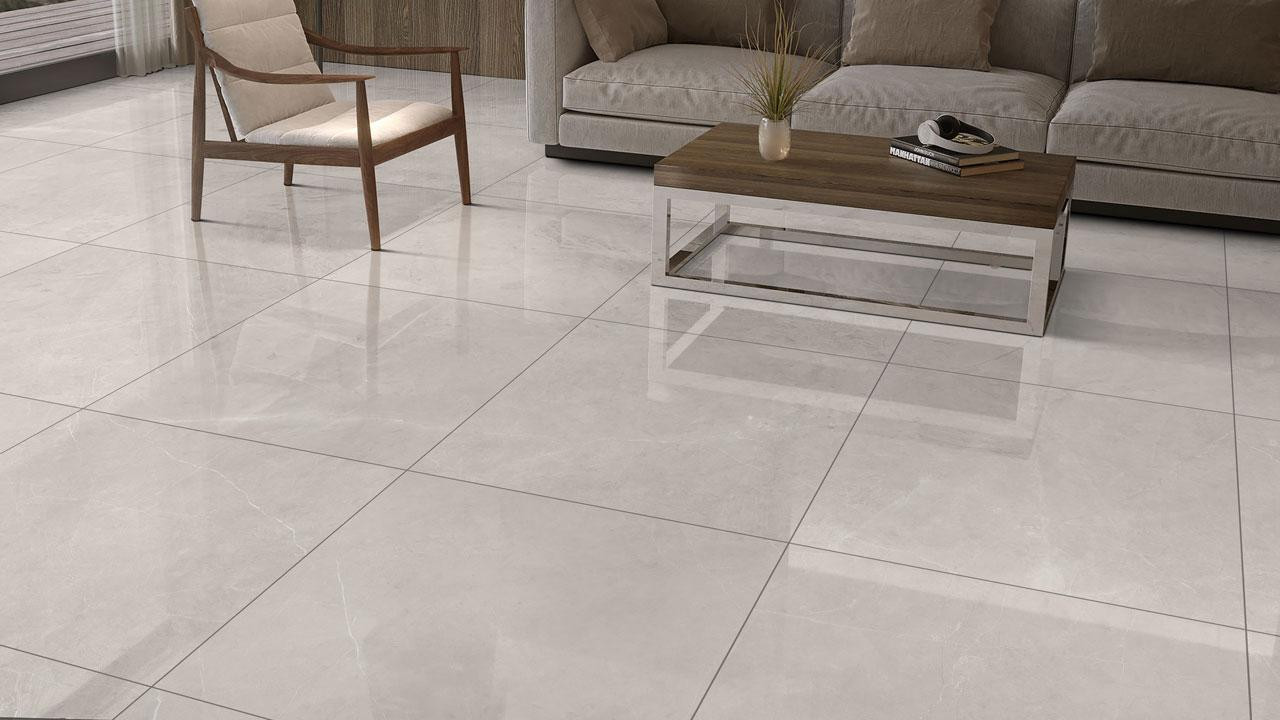

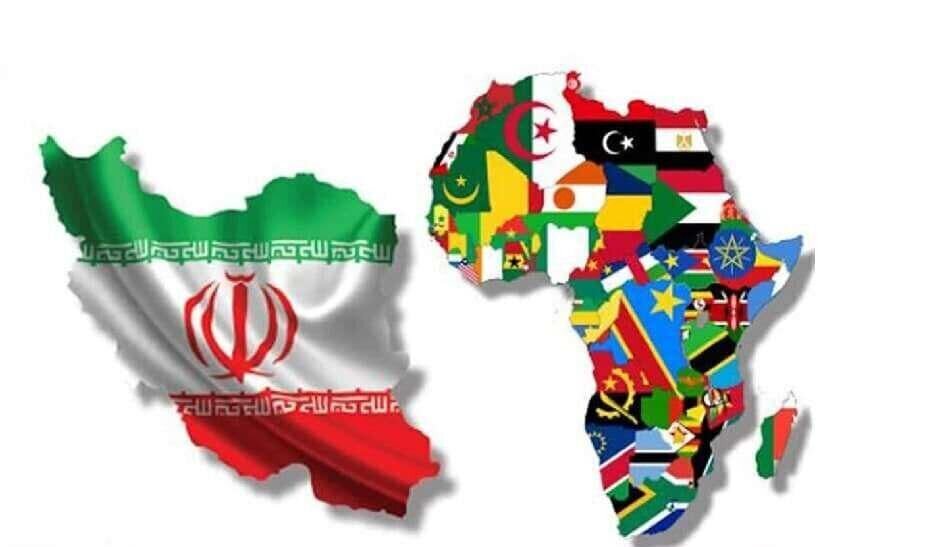
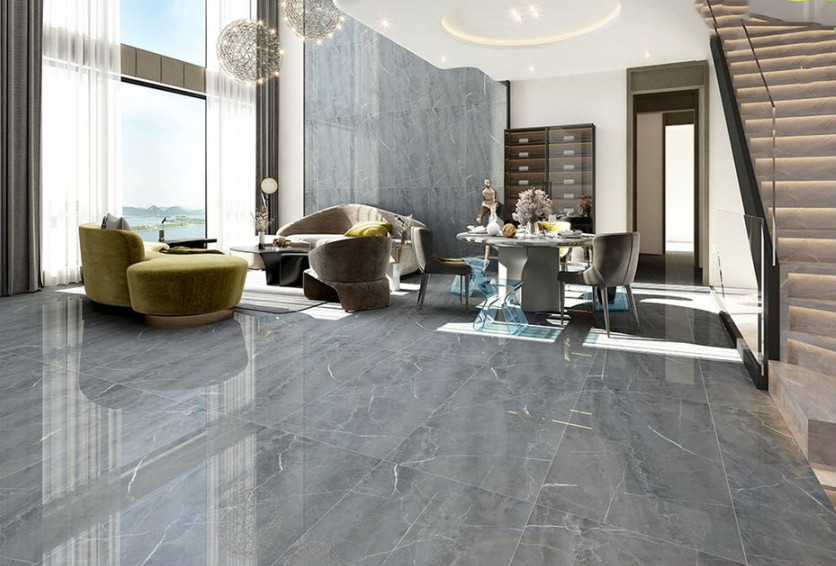
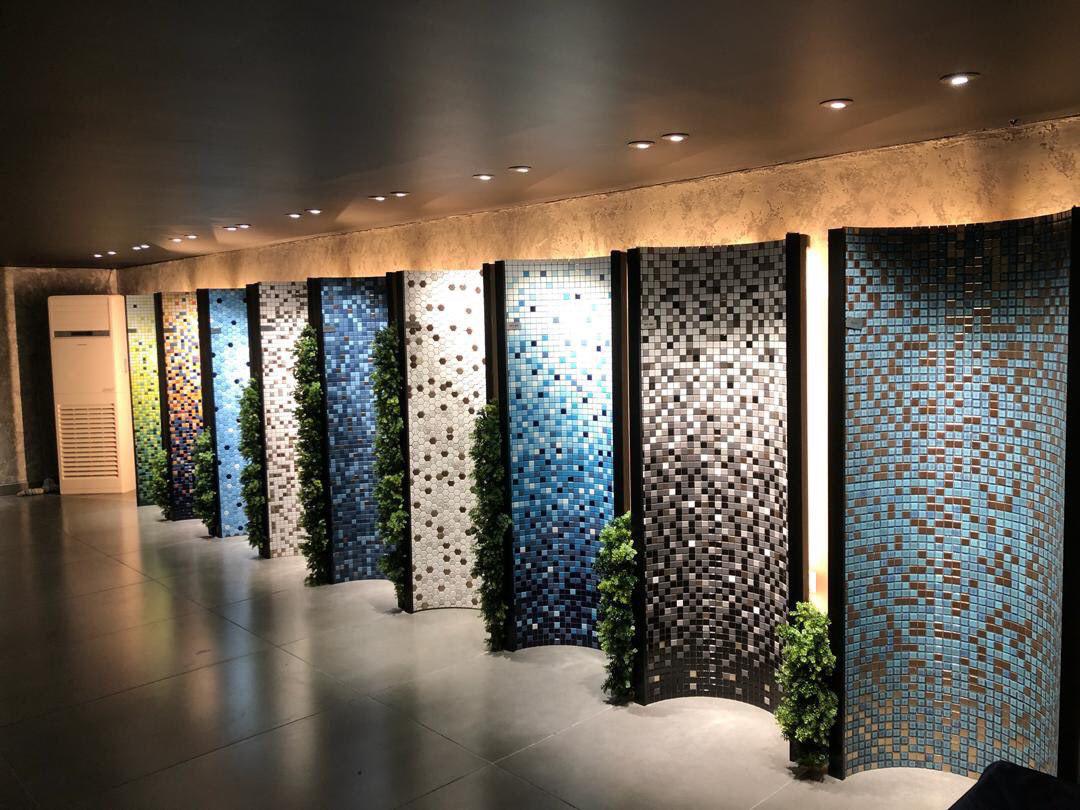
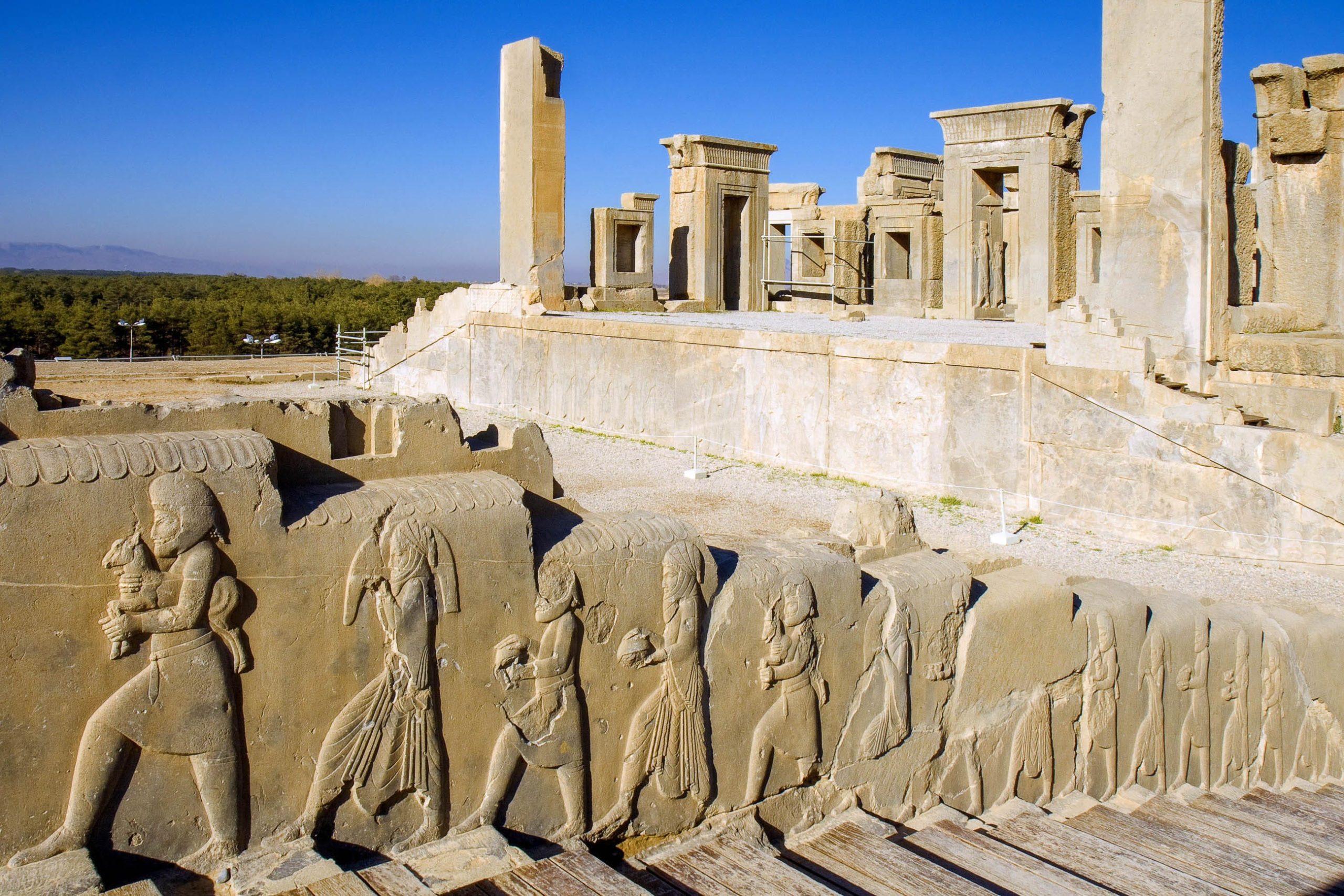
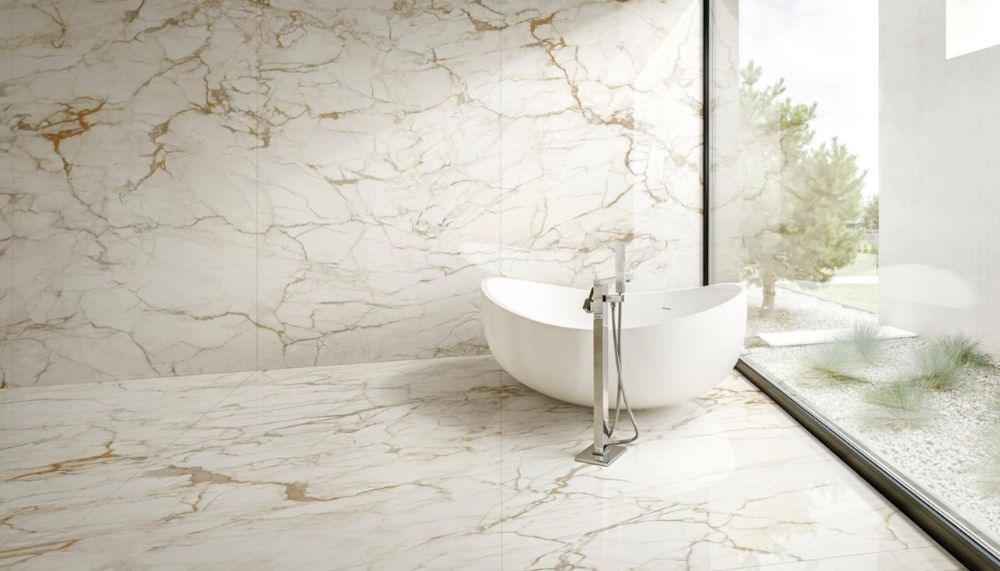

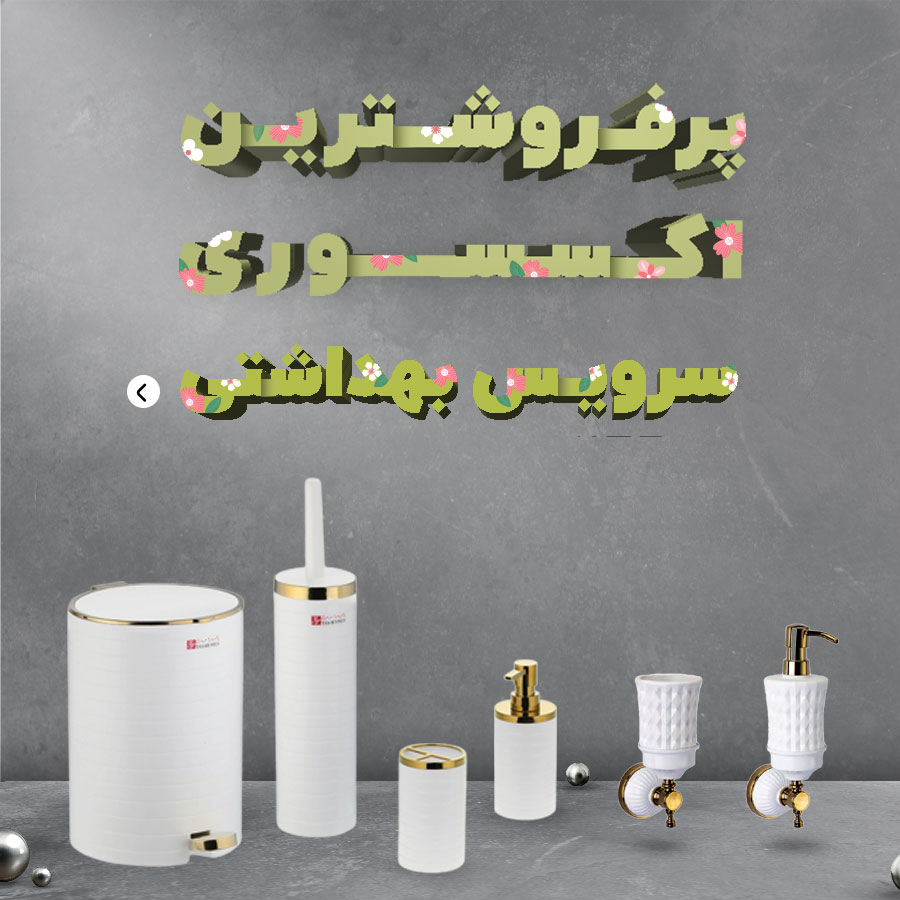

نظرات ۰